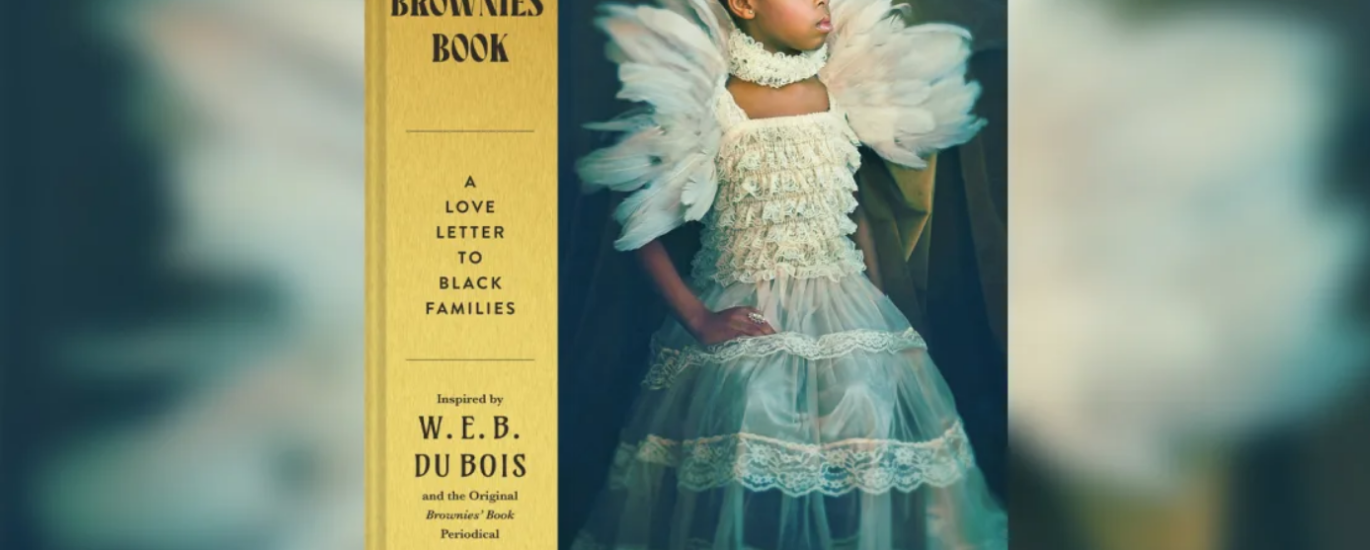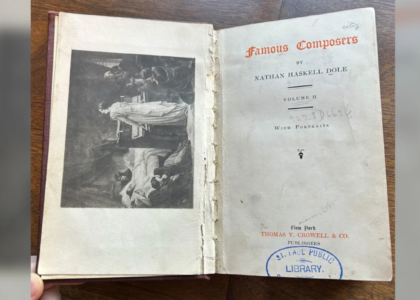If you had walked into a typical Black household not too long ago, you might have seen plastic-covered furniture, portraits of Jesus and Martin Luther King Jr. on the walls, and a stack of vinyl records featuring gospel, Motown classics, and perhaps a Richard Pryor comedy album. But the centerpiece was often a coffee table adorned with well-thumbed issues of Ebony and Jet. These magazines showcased middle-class Black people confidently living their lives—strutting down sidewalks, playing golf, or enjoying dinner with family—offering a contrast to the negative media portrayals of Black people at the time.
Long before Ebony and Jet, however, one of America’s greatest scholars launched a magazine with a similar purpose. Now, that publication is making a comeback. W.E.B. Du Bois, the civil rights leader and sociologist, first published *The Brownies’ Book* in January 1920. Aimed at Black children, it featured portraits of confident Black kids, African folk tales, advice columns, and illustrations meant to uplift and celebrate their heritage.

Though *The Brownies’ Book* stopped publishing in 1922, a century later it has returned in a new form. *The New Brownies’ Book: A Love Letter to Black Families* blends selections from the original magazine with new works by contemporary writers and artists. The cover, featuring a confident Black girl in a ballerina outfit, reflects the message of empowerment the book seeks to convey.
Karida L. Brown, coauthor of the new book with Charly Palmer, says the revival is partly in response to recent book bans targeting stories about Black children. She also wanted to counter the constant media focus on Black people as victims of police violence. The book includes essays, poems, and stories that celebrate Black brilliance, beauty, and boldness.

After witnessing the deaths of George Floyd and Breonna Taylor, Brown told *The New York Times*, “If I’m feeling this level of despair, what must a Black child feel?” The book’s release continues a longstanding tradition in Black America of creating alternative media to tell stories ignored by mainstream outlets.
Publications like *The Chicago Defender* and *The Amsterdam News* were fixtures in Black homes during the Jim Crow era. I grew up in Baltimore, where my family subscribed to the *Baltimore Afro-American*. The Black Panther Party and the Nation of Islam also produced their own publications. These alternative outlets have long played a role in telling stories the mainstream press overlooks or simplifies.

David Love, a writer and commentator, notes that even today, there are too few Black journalists in mainstream media, resulting in stories being underreported or lacking necessary nuance. Ebony, TheGrio, and other Black media continue Du Bois’ tradition, while Black millennial writers have taken up the cause on platforms like Twitter and YouTube, using hashtags like #BlackLivesMatter and #OscarsSoWhite to raise awareness.
I personally benefited from publications like *The Brownies’ Book* and *Ebony*. Growing up in a poor, inner-city Black neighborhood, middle-class life seemed unreachable, but flipping through those magazines made it feel possible. *The New Brownies’ Book* may offer that same inspiration to today’s Black youth, continuing the vital tradition of telling stories beyond the narrow, stereotypical narratives often seen in mainstream media.
Yet, it’s disheartening to realize that over 100 years after Du Bois launched his magazine to affirm the worth of Black children, the need for such affirmation remains just as urgent today.





